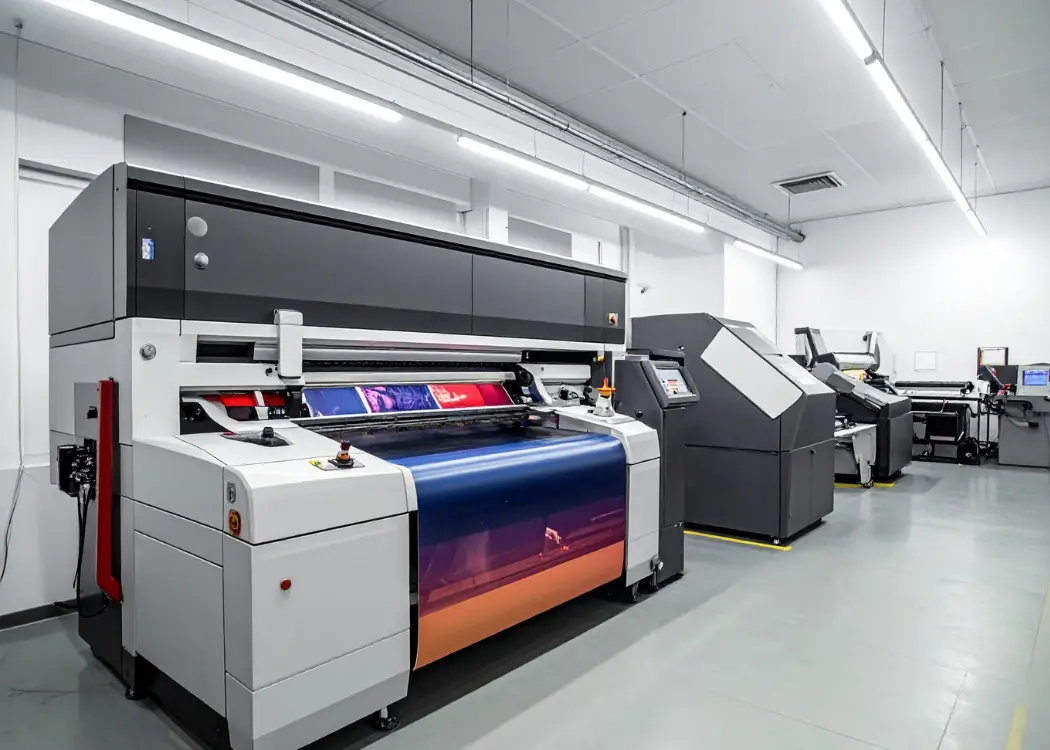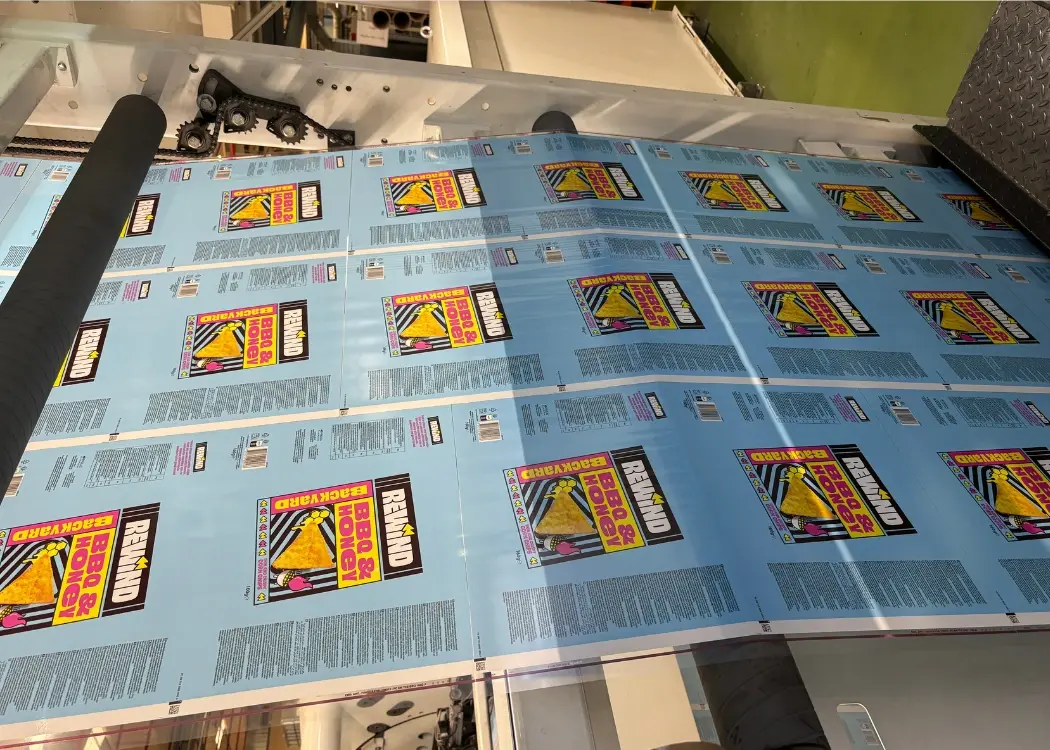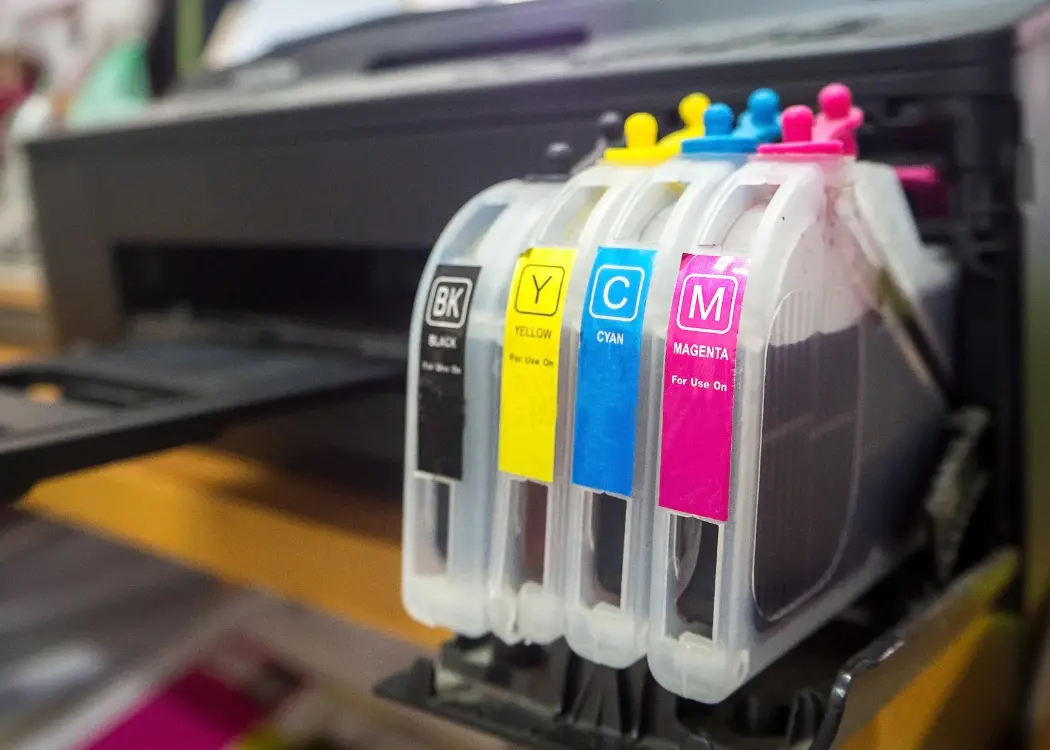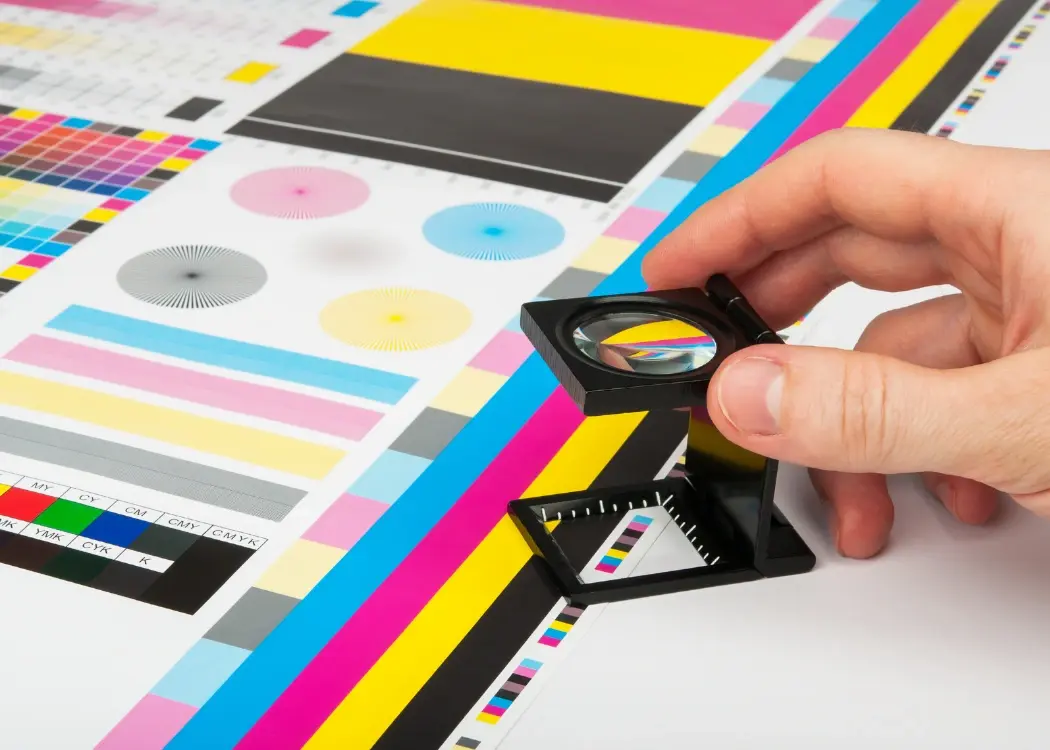From design to shelf: optimizing printing for FMCG packaging
Printing may seem like just one step in packaging production, but for food and beverage brands, it’s one of the most critical stages. A misprint, an...
3 min read
 Ekaterina Skalatskaia
:
October 3, 2025 at 9:30 AM
Ekaterina Skalatskaia
:
October 3, 2025 at 9:30 AM

For brands managing packaging, printing is one of the largest operational costs — and yet it’s often treated as a fixed expense rather than an area for optimization. From excess ink usage to repeated print runs due to approval errors, inefficient processes can silently eat into budgets.
Fortunately, software solutions for artwork and print management are changing the game. By providing digital tools to streamline approvals, optimize printing, and ensure regulatory compliance, brands can reduce costs, improve quality, and accelerate time-to-market.
According to industry data, packaging reprints can add 15–20% to annual print costs—often caused by small but critical errors in nutrition facts, allergen statements, or regulatory details. A print proof helps eliminate these risks by giving teams a clear and accurate view of the final artwork before production.
Instead of juggling multiple PDF versions, teams can review and approve one print proof together in real time. Automated comparison tools highlight even the smallest text or design differences, ensuring that only the correct version goes to print. For food and packaging companies operating in regulated markets, using a print proof is an essential step to prevent costly reprints and maintain compliance.
Artwork management software doesn’t just track tasks — it can actively prevent expensive errors before they reach the press. Here’s how:
Problem: Multiple revisions, email threads, and misaligned stakeholder feedback often lead to last-minute design changes. These changes can trigger reprints, which are costly.
Solution: Online artwork proofing software centralizes feedback, tracks revisions, and ensures all stakeholders approve the final version before it goes to print.
Result: Reduced errors and reprints, saving both time and materials.
Problem: Incorrect color profiles or high-resolution files not optimized for the press can cause ink overuse, longer drying times, and inconsistent print quality.
Solution: Digital tools can automatically optimize files for print, calculate color coverage, and ensure the correct specifications are applied for each SKU.
Result: Less wasted ink, more consistent colors, and fewer rejected prints.
Problem: FMCG brands often manage dozens or hundreds of SKUs across multiple markets. Without proper oversight, small errors can multiply across runs, increasing costs.
Solution: Packaging management software provides a centralized dashboard for all SKUs, tracks revisions, and monitors print specifications across batches.
Result: Optimized print runs, reduced waste, and better coordination between production and marketing teams.
Problem: Overuse of coatings, varnishes, or specialty inks increases material costs and slows production.
Solution: Print coverage calculation tools within software help measure and control ink usage, preventing over-inking and unnecessary coating application.
Result: Significant cost savings while maintaining print quality and brand consistency.
See how Cway software helps packaging teams cut reprints, speed up approvals, and manage artwork with ease.
When optimizing printing costs, brands must also comply with European food packaging regulations:
EU Framework Regulation (EC 1935/2004): Materials must not transfer substances harmful to human health or alter food composition.
Commission Regulation (EU) No 10/2011: Sets migration limits for substances from plastics, inks, and coatings in food packaging.
Inks and coatings applied to food packaging must be low-migration, especially for primary contact surfaces.
Compliance with REACH (EC 1907/2006) and CLP (EC 1272/2008) ensures chemicals are safe and correctly labeled.
Software solutions can track regulatory compliance automatically, storing proof of safe ink usage and migration testing, reducing legal risk and ensuring audits are smooth.
Cway software specializes in artwork management and digital proofing for packaging teams, helping brands cut costs while ensuring compliance and brand consistency.
Artwork Lifecycle Management: Cway provides full visibility into every version of a packaging file, eliminating the risk of outdated artwork reaching production.
Automated Approval Flows: Stakeholders across marketing, regulatory, and supply chain can collaborate seamlessly, reducing bottlenecks and ensuring compliance.
Analytics and Reporting: With real-time insights into cycle times and error rates, brands can identify cost drivers and continuously optimize their packaging processes.
Cway clients in the food industry have reported faster artwork turnaround times and reduced reprints after adopting the platform, directly translating into significant printing cost savings. Explore how Cway customers are achieving these results in our customer stories.
Ensure every artwork version is accurate and compliant before production with automated approvals and print proof checks.
🔗 Discover how Cway software improves artwork compliance
Software solutions reduce printing costs by minimizing reprints, optimizing ink usage, and improving file and color management.
Centralized workflow tools improve collaboration, prevent errors, and streamline multi-SKU production.
Regulatory compliance is non-negotiable for food and beverage packaging, and brand compliance software can help manage it efficiently.
Sustainability gains are a bonus — less waste, less chemical use, and lower energy consumption.
By combining smart software tools with best practices in print management, brands can not only cut costs but also improve quality, consistency, and sustainability — all while staying compliant with European regulations.
Solutions like Cway software provide packaging teams with the tools to achieve these efficiencies, ensuring that every design sent to print is accurate, compliant, and cost-effective. In a competitive industry where margins are tight, this digital-first approach transforms printing from a hidden cost center into a driver of profitability and brand strength.

Printing may seem like just one step in packaging production, but for food and beverage brands, it’s one of the most critical stages. A misprint, an...

When it comes to packaging design, many brands focus on aesthetics, deadlines, and approvals — but often overlook one critical factor: print coverage...

The prepress process plays a critical role in ensuring high-quality packaging production. But with multiple stakeholders involved — including...